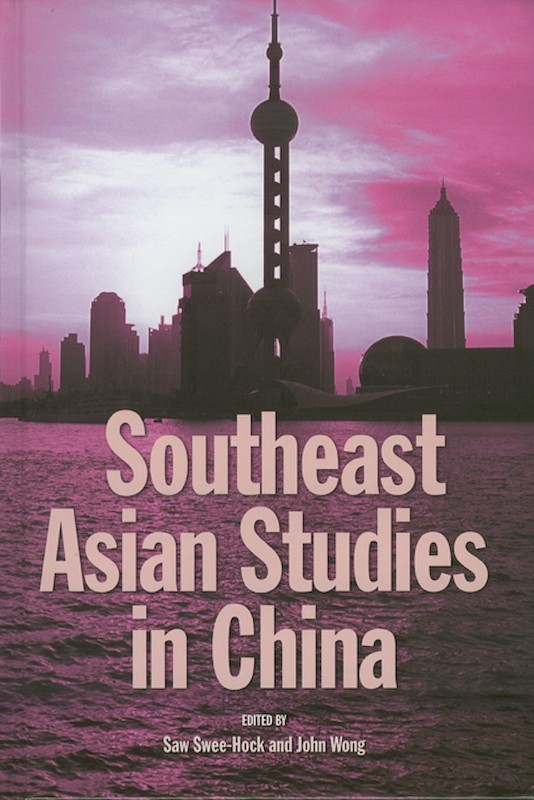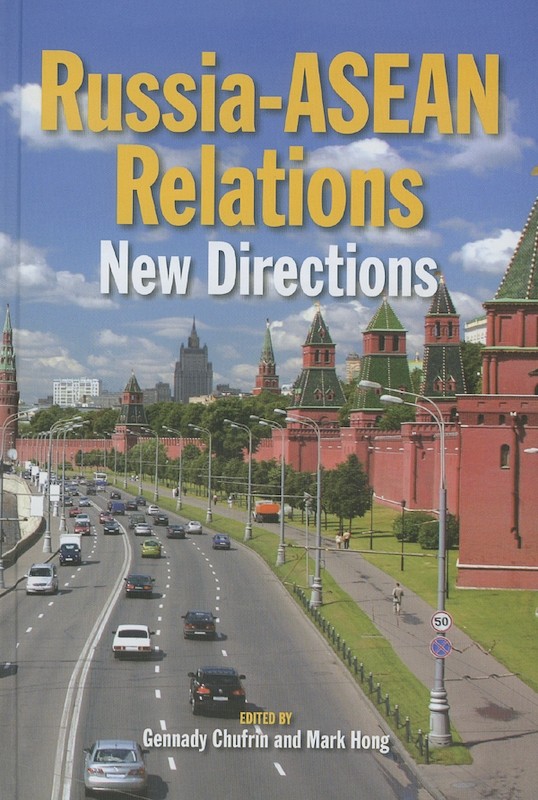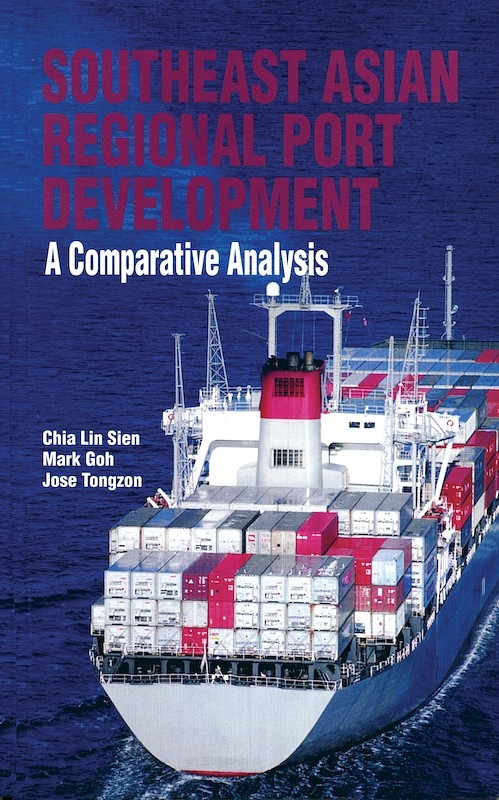Southeast Asia Transformed: A Geography of Change

Reviews
"The book uses a multidisciplinary (combining geography, international law and political science) approach to understand the increasingly complex nature of Southeast Asian nation-states. The book makes an important contribution to understanding contemporary Southeast Asian geography and can easily be recommended as a textbook for academics and students wishing to know more about the dynamic region" (Singapore Journal of Tropical Geography).
"The authors were given a degree of freedom to critically review their research areas, which makes for chapters that provide an excellent stand-alone commentary and reflection on key issues facing the region, through periods of runaway economic growth, social change, crisis and conflict, all of which reflect the region's tumultuous modern history.... its comprenehsiveness and quality make it at the very least compulsory reading" (New Zealand Geographer).
"... this is an interesting volume, containing much useful material which is generally clear and well-presented. The structure of the chapters and the focus on change provide the reader with a consistent narrative of transformation up to the crisis of the late 1990s" (Urban Studies).
About the publication
Southeast Asia, with a total population of 520 million, remains a region characterized by fragmentation, diversity, and considerable internal conflict despite the unifying influence of the Association of Southeast Asian Nations (ASEAN), formed some thirty-five years ago. In the new millennium, it has lost the distinction of being one of the worlds faster growing group of economies since the 1997 financial crisis. While it has benefited from the winds of globalization, it has now to cope with the painful adjustments to problems that stem from the inadequacies of good governance and structural changes.
This volume brings together the combined insights of specialists who have worked and lived in the region. The theme of the book is change and transformation. The authors identify the trends and forces that propel the region along, and then bring in discussions on key issues. In some cases, they offer their views on the future of the region and recommendations for solutions. The intention of the book is to offer a scholarly review of the regions development over the past half century and to provide a firm basis for forecasting its further evolution in the new millennium.
This volume brings together the combined insights of specialists who have worked and lived in the region. The theme of the book is change and transformation. The authors identify the trends and forces that propel the region along, and then bring in discussions on key issues. In some cases, they offer their views on the future of the region and recommendations for solutions. The intention of the book is to offer a scholarly review of the regions development over the past half century and to provide a firm basis for forecasting its further evolution in the new millennium.
Contents
-
Southeast Asia Transformed: A Geography of Change
-
Preliminary pages
-
1. Introduction, by Chia Lin Sien, Martin Perry, authors
-
2. Geopolitical Change: Direction and Continuing Issues, by Vivian Louis Forbes, author
-
3. Demographic Change and Implications, by Graeme Hugo, author
-
4. Environment and Natural Resources: Towards Sustainable Development, by Anthony Greer, Martin Perry, authors
-
5. Southeast Asian Agriculture Post-1960: Economic and Territorial Expansion, by Rodolphe De Koninck, author
-
6. Evolving Rural-Urban Relations and Livelihoods, by Jonathan Rigg, author
-
7. Changing Spaces: Southeast Asian Urbanization in an Era of Volatile Globalization, by Philip F Kelly, Terry McGee, authors
-
8. The Spatial Impact of Innovations in International Sea and Air Transport Since 1960, by Peter J Rimmer, author
-
9. Information Highways and Digital Divides: The Evolving ICT Landscape of Southeast Asia, by Neil M Coe, author
-
10. Business Networking and the Changing Industrial Landscape, by Martin Perry, author
-
11. Trade Networks in Southeast Asia and Emerging Patterns, by Jessie P H Poon, author
-
12. Tourism Development in Southeast Asia: Patterns, Issues and Prospects, by Wong Poh Poh, author
-
Index






